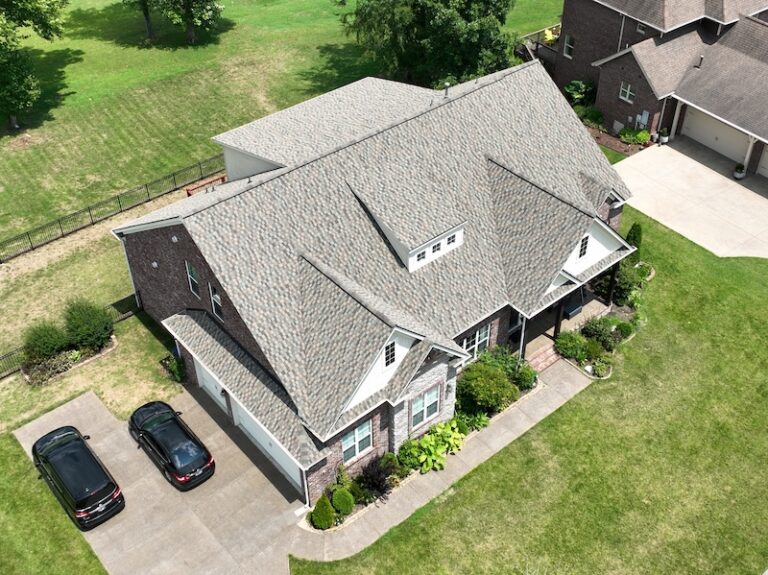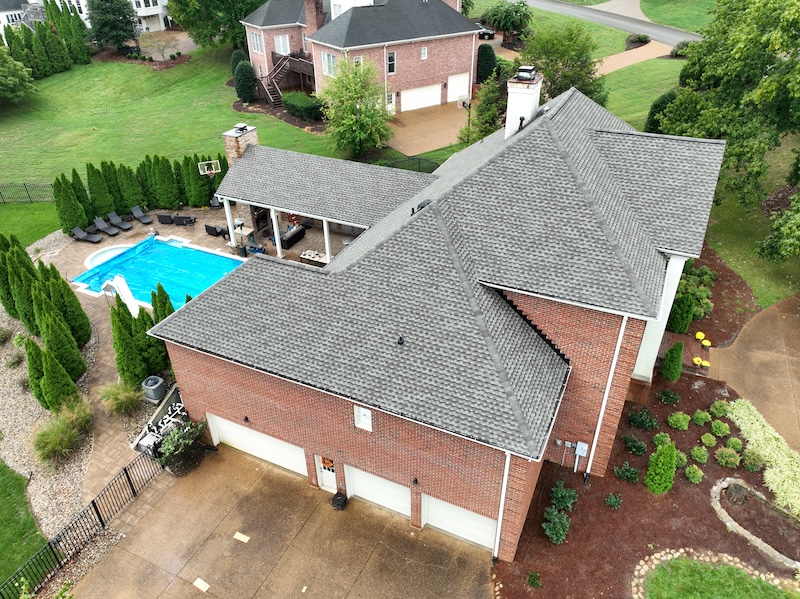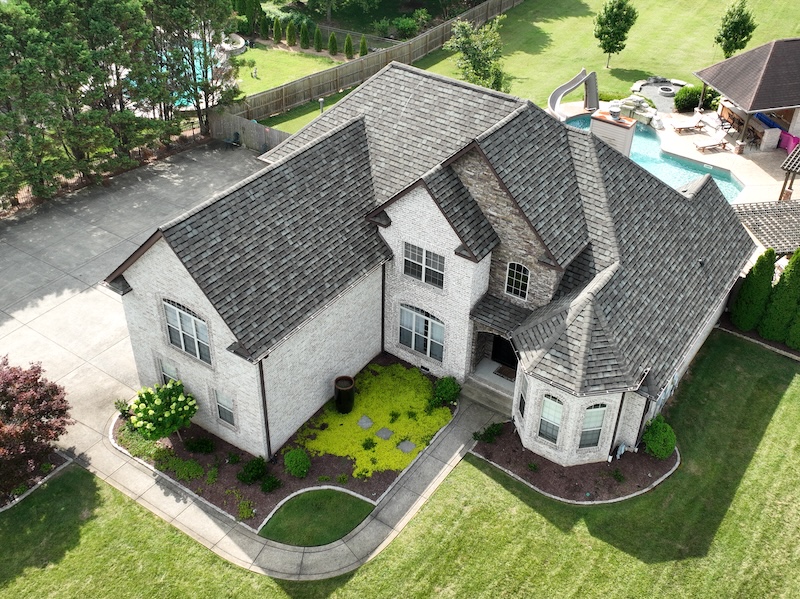Cost of a Roof Replacement: What ‘Free Estimates’ Don’t Show
Roof repair and replacement costs have surged nearly 30% since 2022, according to new data from Verisk, a leading insurance analytics firm. In 2024, total spending on roof-related repairs reached $31 billion, with wind and hail driving over half of all residential claims.
That increase is more than just inflation. Roof age and material type now play a major role in how often damage happens, and how much it costs to fix. Asphalt shingles, which cover 80% of U.S. homes, are breaking down faster in states like Missouri and Kansas. In some high-risk regions, roof lifespans are down to 15 years. Nearly 1 in 3 homes with asphalt shingles have fewer than four years of useful roof life remaining.
What does this mean for you?
It means a roof replacement today might cost more than it did last year, and those “cheap” or vague estimates won’t prepare you for the real total.
In this guide, we’ll break down the actual costs, what’s often left out of free quotes, and how to choose the right materials and financing options based on your needs and location. Let’s take a closer look before you sign anything.
How Much Does a Roof Replacement Cost?
According to HomeAdvisor, most homeowners in 2025 are spending between $5,868 and $13,211, with the national average landing at $9,517. That figure can climb quickly if your roof has a steep slope, complex layout, or specialty features like chimneys, dormers, and skylights.
Contractors calculate estimates by the square (100 square feet of roof), and costs typically fall between $4 and $11 per square foot. But that’s just for the basics. Premium materials like tile or metal, steep pitches that require special equipment, and disposal of old roofing layers can add thousands to your bill. For example:
- A 1,800-square-foot roof may cost anywhere from $8,800 to over $22,000, depending on material and labor.
- Permits range from $100 to $1,400 depending on your area.
- Removing and disposing of your old roof can add $1,500 to $4,500, especially for multi-layer tear-offs.
Material choice is one of the biggest cost drivers. Asphalt shingles remain the most common and affordable option at $3-$7 per square foot, while slate, clay, and solar shingles can run up to $30-$50 per square foot or more.
Labor also plays a key role. Contractors typically charge $200-$300 per square for labor alone, and steeper roofs may cost extra due to safety risks and accessibility issues.
Your home’s layout, local building codes, and climate zone all influence pricing as well. Roofs in humid or storm-prone regions often require materials with higher durability ratings, which can mean higher costs upfront.
But while averages are helpful, the real price of your roof depends on the specifics of your home.
What ‘Free Estimates’ Usually Leave Out
Free estimates often sound like a good starting point, but many leave out key components that significantly affect your final cost. These “omissions” aren’t always mistakes; some contractors keep estimates vague to make the bid more competitive upfront.
Here are some of the most common line items not included in basic quotes:
- Tear-off fees for removing the old roof
- Permits required by local building codes
- Drip edge and flashing to direct water away from fascia and joints
- Underlayment, which protects the decking beneath your shingles
- Decking repairs if rot or soft spots are uncovered during removal
- Disposal fees for hauling away old shingles and debris
- Code-mandated upgrades, like adding proper ventilation or insulation
These missing details can lead to thousands in unexpected charges after work begins. Low bids that seem too good to be true often don’t reflect the real scope of labor or materials involved. By the time the contract is signed and the crew is on-site, you’re locked into paying for those extras, or risking a half-finished job.
Which Roof Types Are Most and Least Expensive?
Your roof’s material has a huge impact on total project cost, but it also affects how long your roof lasts, how heavy it is, and how it looks. Here’s a quick breakdown of the most common roofing types by price range, with a few trade-offs to keep in mind:
Most affordable
- 3-tab asphalt shingles – Thin, lightweight, and cost-effective. These are the entry-level options and typically last 12–20 years.
- Corrugated metal panels – Budget-friendly metal option with decent longevity, though less attractive for residential homes.
Mid-range
- Architectural shingles – A step up in durability and curb appeal from 3-tab shingles, with a lifespan of 20-30 years.
- Basic standing seam metal – More durable and modern-looking than corrugated panels. Costs more upfront but can last 40-50 years.
High-end
- Clay and slate tiles – Extremely long-lasting (50-100+ years), fire-resistant, and beautiful, but heavy and expensive to install.
- Copper roofing – Rare and luxurious with a striking patina over time. It can outlast most homes but comes with a steep price tag.
When choosing a material, cost is just one part of the equation. You’ll also want to consider your climate, the pitch and structure of your roof, and how long you plan to stay in your home. A pricier roof might be worth the investment if it reduces long-term maintenance or improves resale value.
How Bluebird Roofing Gives You the Full Picture Upfront
At Bluebird Roofing, we believe you should get more than a vague number. You should get a full, honest picture.
That’s why we combine in-person inspections, drone imagery, and satellite mapping to give you a detailed estimate tailored to your home. We walk your roof, check for warning signs others skip, and explain every part of the project, clearly and without pressure.
Schedule your complimentary roof evaluation today. Our team will answer your questions, review your home’s needs, and provide honest recommendations with zero pressure.




